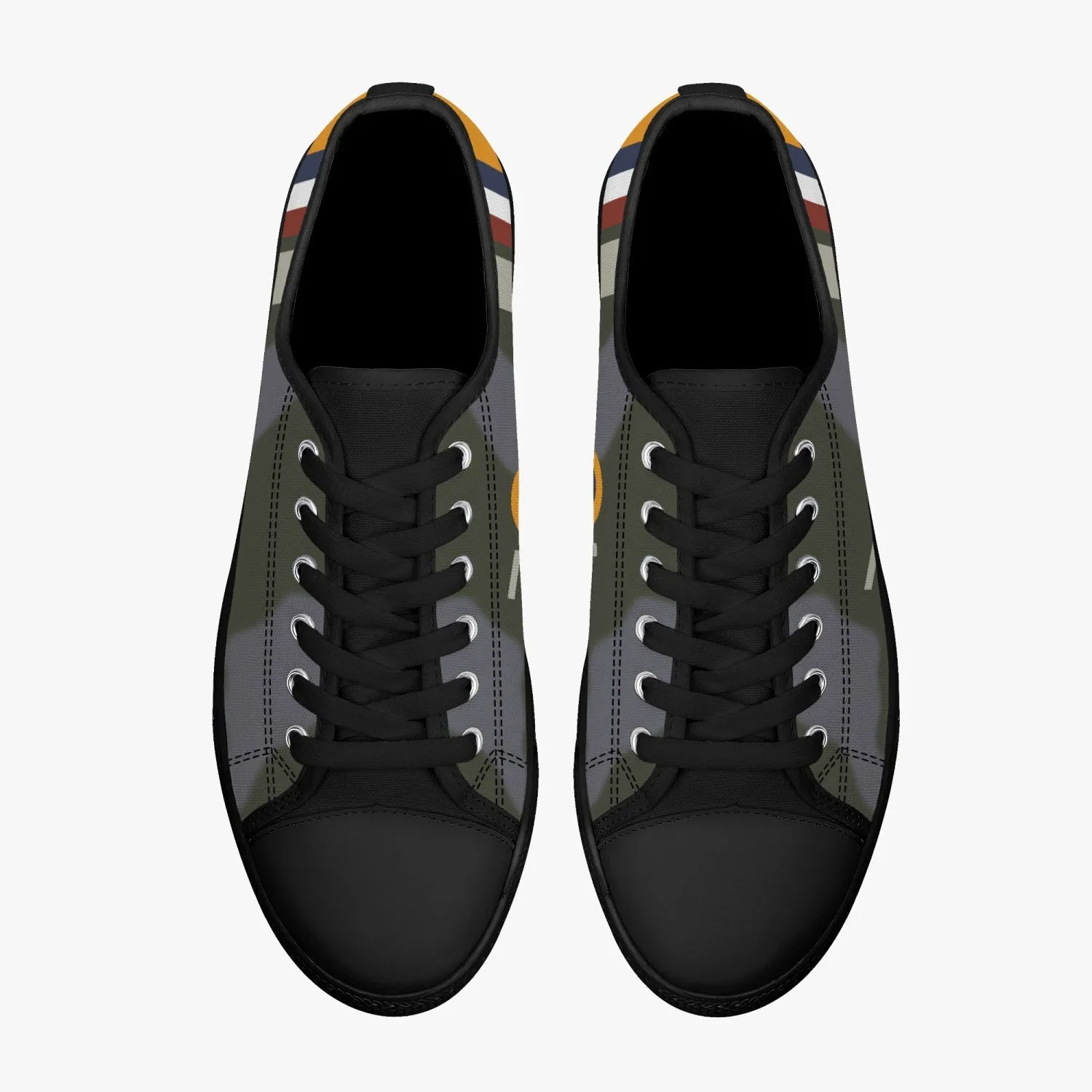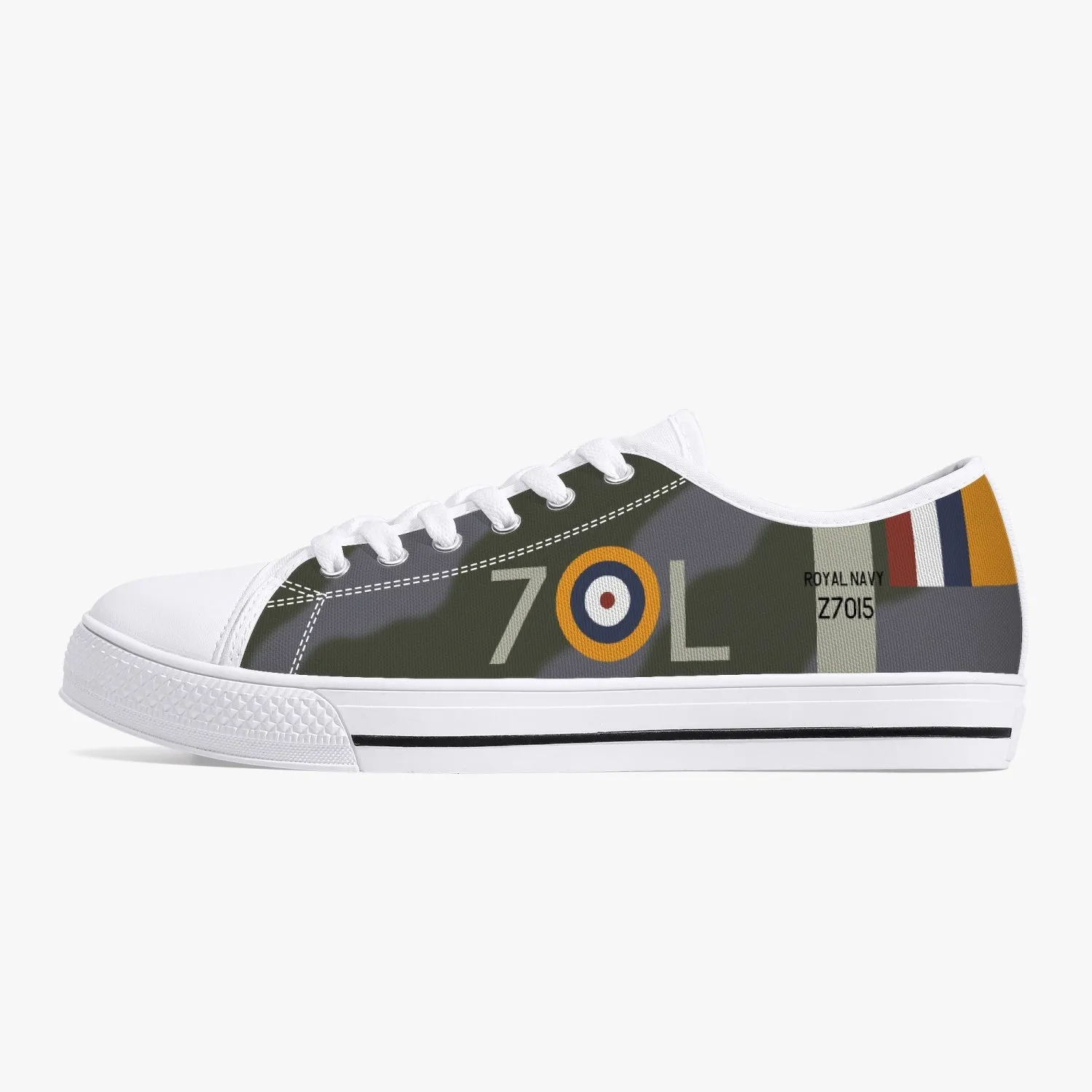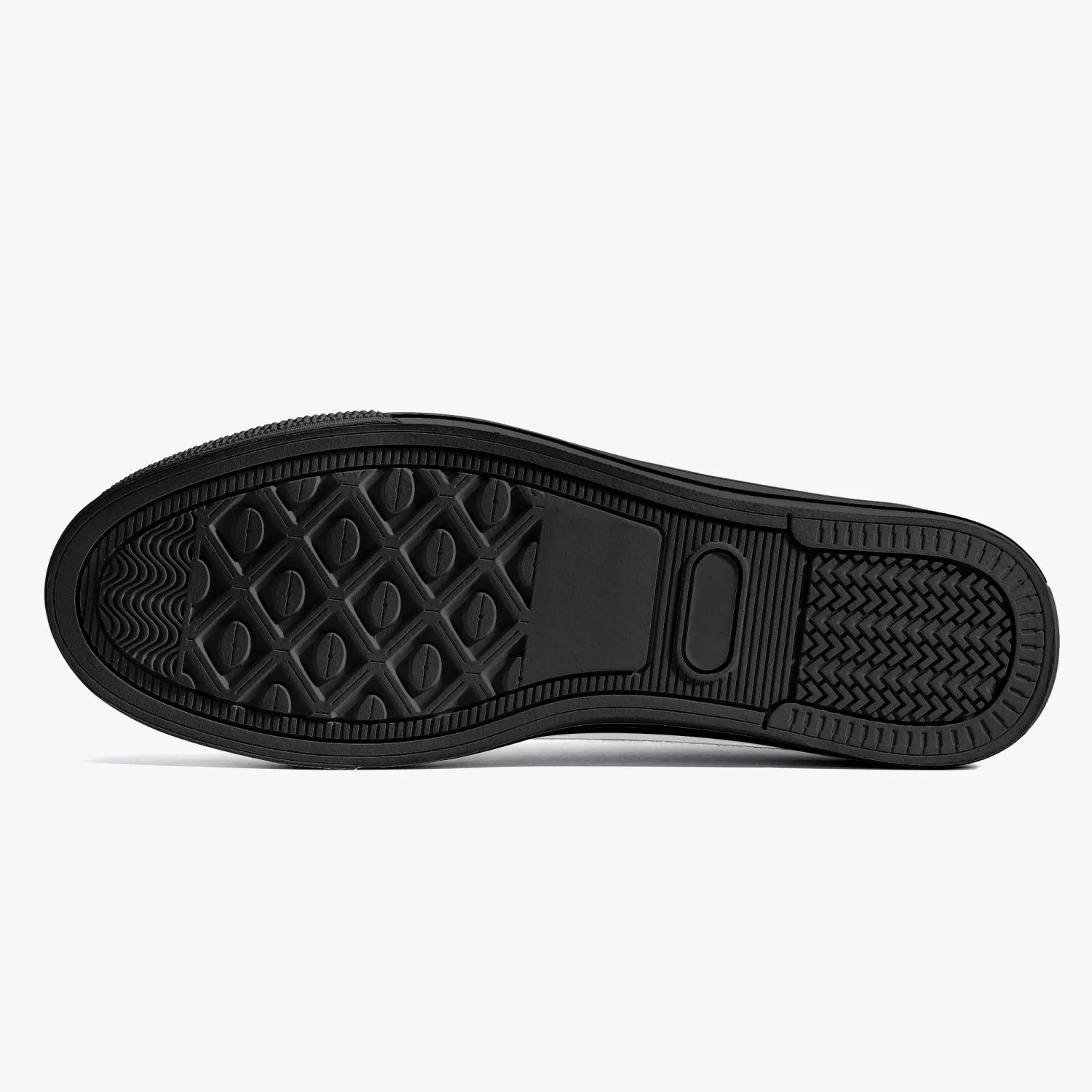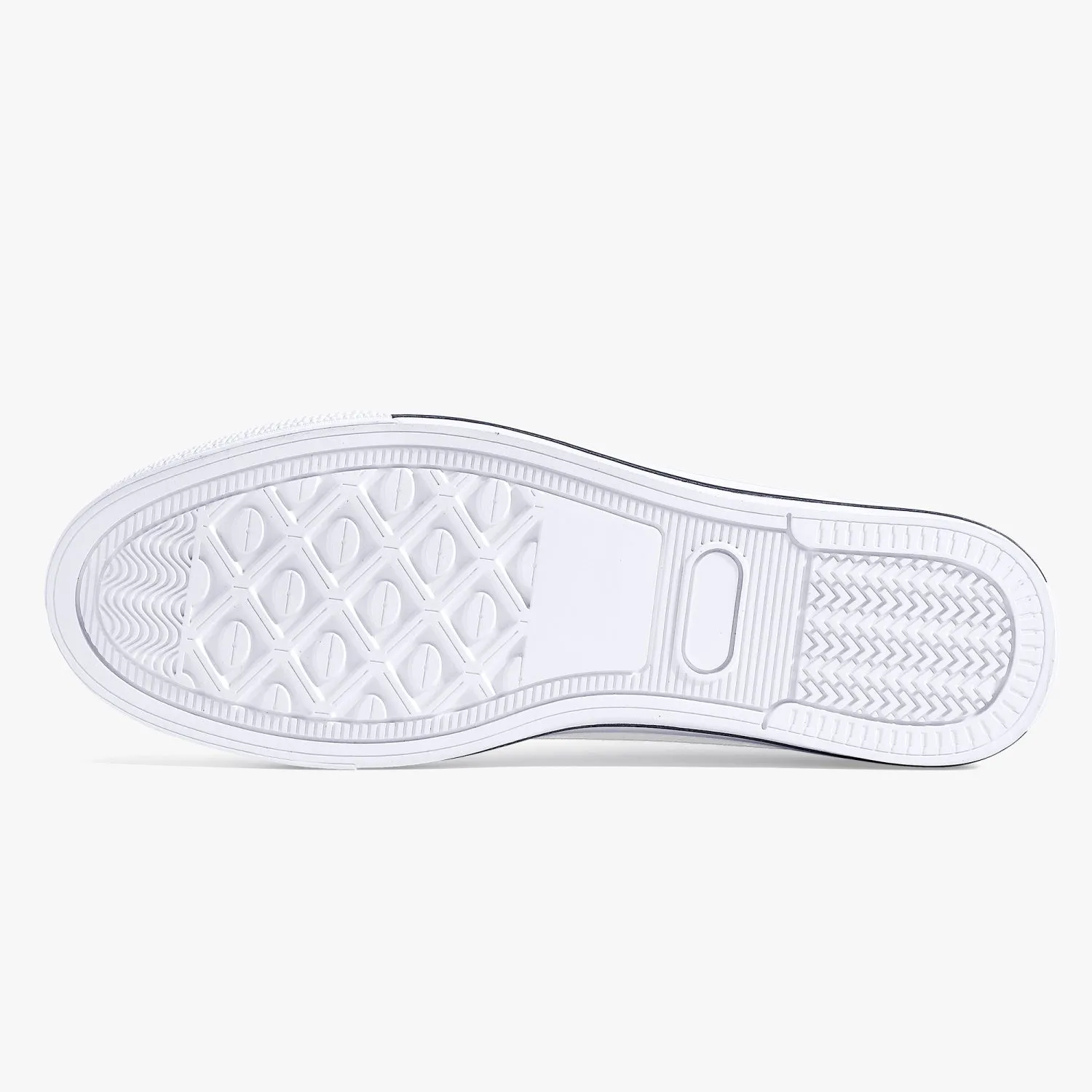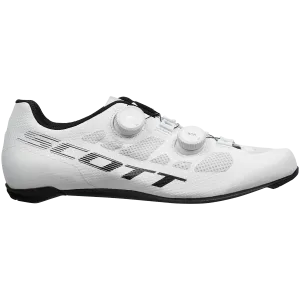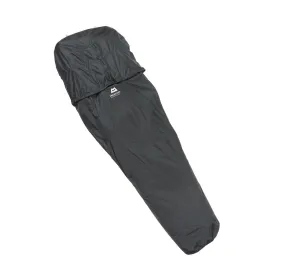After the Hawker Hurricane's success in the Battle of Britain, the Royal Navy adapted it to protect Atlantic convoys from German FW-200 Condor aircraft, which coordinated U-boat attacks. This led to the creation of the "Hurricat," a Hurricane launched from merchant ships using catapults. These Sea Hurricane's had minimal modifications, including catapult spools, and had to either return to land or ditch in the sea after their mission. The improved Sea Hurricane Ib featured both catapult spools and an arrestor hook, allowing it to land on modified merchant ships with small flight decks. Hurricane Z7015, built in Canada in 1940, was converted to a Sea Hurricane Ib in 1941. After a varied wartime career, it ended up as a static instructional airframe before being transferred to the Shuttleworth Collection in 1961. Following several restoration attempts, Z7015 was fully restored and became the world's only flying Sea Hurricane Ib, making its first post-restoration flight in 1995.

 Cart(
Cart(


